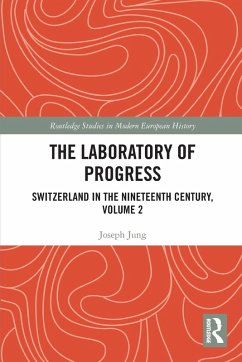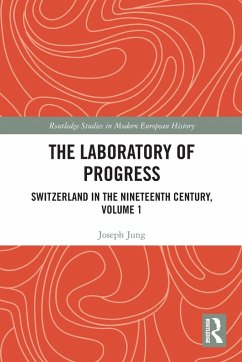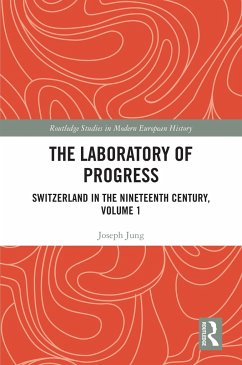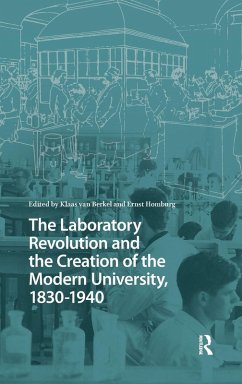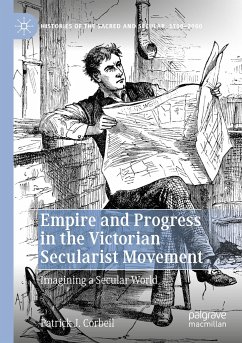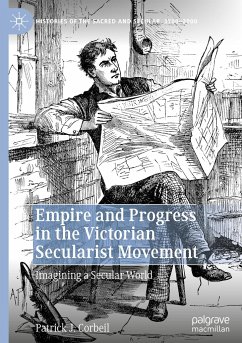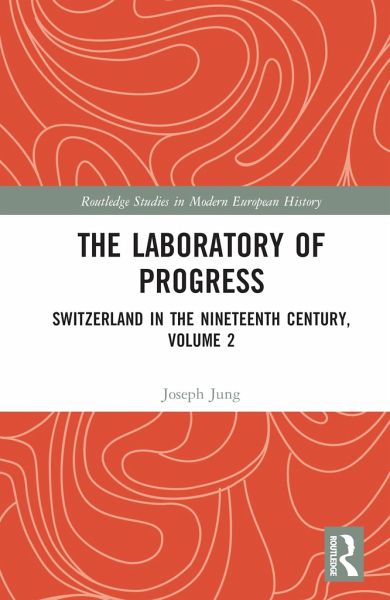
The Laboratory of Progress
Switzerland in the Nineteenth Century, Volume 2
Versandkostenfrei!
Versandfertig in 1-2 Wochen
150,99 €
inkl. MwSt.
Weitere Ausgaben:

PAYBACK Punkte
75 °P sammeln!
This book tells the improbable story of how a small, backward, mountainous agricultural country with almost no raw materials became an industrial powerhouse, a hub of innovation, a touristic mecca and a pioneer in transportation - all in the course of a single century.




